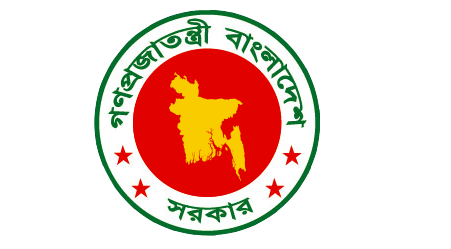By- Arju Afrin Kathy
- Home
- NSSS
- M&E/MIS
- Governance
- Advisory Council Committee on Social Protection Programmes
- Cabinet Committee
- Central Management Committee (CMC) on Social Protection
- Project Steering Committee (PSC)
- Project Implementation Committee (PIC)
- Action Plan Implementation Sub-Committee
- Focal Point
- Thematic Cluster
- Sub-National Committees
- GO-NGO
- Local Consultative Group (LCG)
- System Strengthening
- Resources
- About
- Conferences
- Home
- NSSS
- M&E/MIS
- Governance
- Advisory Council Committee on Social Protection Programmes
- Cabinet Committee
- Central Management Committee (CMC) on Social Protection
- Project Steering Committee (PSC)
- Project Implementation Committee (PIC)
- Action Plan Implementation Sub-Committee
- Focal Point
- Thematic Cluster
- Sub-National Committees
- GO-NGO
- Local Consultative Group (LCG)
- System Strengthening
- Resources
- About
- Conferences



